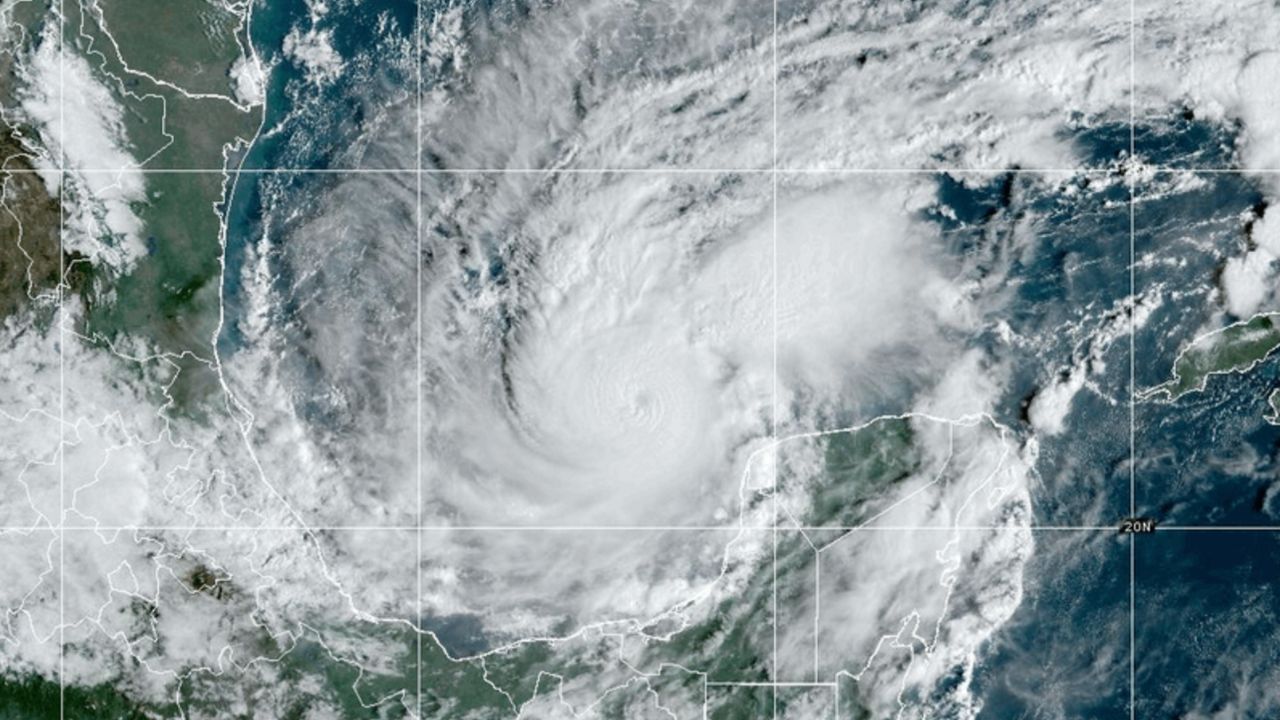As Elsa exits the northeast, we look back at its path and the impacts it brought to the U.S.
Elsa began as a tropical wave off the coast of Africa on June 29. Not expected to become much, it surprised us all when it was declared a tropical depression on July 1, taking on the name Elsa.
It tracked northeast for a while, bringing heavy rain and gusty winds from the Windward Islands to Cuba. From Cuba, it began a more northern track towards the Southeast.

Elsa showed some strengthening as it reached a Category 1 hurricane on July 6 but quickly weakened the next day. It then made landfall on July 7 in Taylor County, Florida, north of Tampa in the Big Bend region.
All while moving up the coast of Florida, Florida received heavy downpours and strong winds. Elsa then proceeded to move up the East Coast.
North Carolina dealt with flooding and severe storms, and once Elsa reached the Northeast Thursday into Friday, areas like eastern New York and Massachusetts saw flooding problems.
Elsa finally exited the U.S. on the evening of July 9.
Elsa became the earliest-forming fifth named storm on record in the Atlantic. Typically, the fifth named storm does not form until late August.
Five-named storms by early July are well ahead of normal.
So far, Claudette, Danny and Elsa all made landfall in the U.S., but we have yet to see a tropical system make landfall as a hurricane.
Colorado State released its updated hurricane season forecast Thursday. It calls for an even more active hurricane season than the scientists predicted in April.
However, remember, the tropical system doesn't have to be a major hurricane to bring damage to your city. It is always best to be prepared, not scared.








